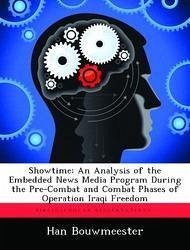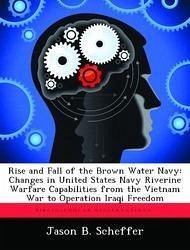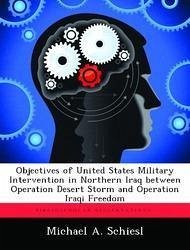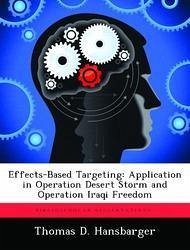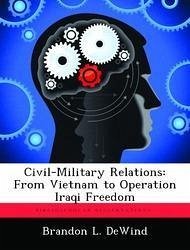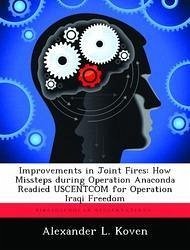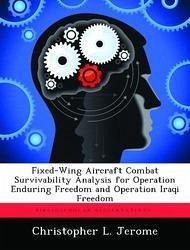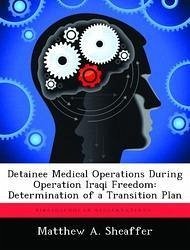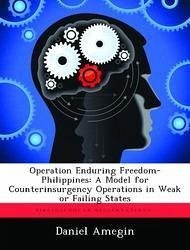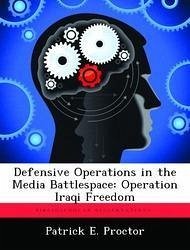
Defensive Operations in the Media Battlespace: Operation Iraqi Freedom
Versandkostenfrei!
Versandfertig in über 4 Wochen
52,99 €
inkl. MwSt.

PAYBACK Punkte
26 °P sammeln!
In Operation Iraqi Freedom, various insurgent and terrorist groups have demonstrated the capability to use small, relatively insignificant tactical attacks to have a dramatic effect on the will of the American public to prosecute the war. This thesis investigates this enemy capability, the media system in which it operates, and the ability of the US military to combat this capability. It finds that the enemy operates at the event and collection level of the media system, producing pictures and data, generating events, and controlling access to influence news stories about the operational area....
In Operation Iraqi Freedom, various insurgent and terrorist groups have demonstrated the capability to use small, relatively insignificant tactical attacks to have a dramatic effect on the will of the American public to prosecute the war. This thesis investigates this enemy capability, the media system in which it operates, and the ability of the US military to combat this capability. It finds that the enemy operates at the event and collection level of the media system, producing pictures and data, generating events, and controlling access to influence news stories about the operational area. It also finds that the current method of media coverage in Iraq is the result of reporters, stringers, and media outlets, driven by their respective interests, arriving at the solution that strikes the best balance between cost, entertainment, and accuracy. This thesis finds that doctrinal separations exist between information operations and public affairs, that media is not seen as an operational problem, and that there are extra-doctrinal and cultural impediments to facilitating the media. This thesis recommends remedies, including facilitating media outlet operation's in the operational area, facilitating reporters' coverage of the war, and reforming the role of public affairs in joint operations.



